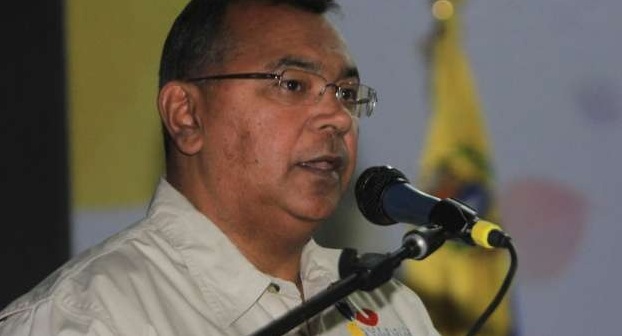[RCG 10.03.13]
Tim Walker asserts ‘Extra-judicial killings by security agents have led Human Rights Watch to describe violent crime in Venezuela as “rampant”. A major reason for this is police corruption and a lack of accountability.’ However Walker omits to mention the advances made and strategies developed in tackling this issue.
Gun crime, homicide and violence are very real problems in Venezuela and in Latin America as a whole. For decades, Venezuela has had 126 separate municipal and state police forces answerable only to the various mayors and governors of each of the country’s 23 states.
 This has allowed the police to act with near impunity, especially in states and municipalities which have had opposition-aligned mayors and governors such as Miranda, Tachira and Zulia, which not only have the highest crime rates but also the largest presence of Colombian paramilitary forces.
This has allowed the police to act with near impunity, especially in states and municipalities which have had opposition-aligned mayors and governors such as Miranda, Tachira and Zulia, which not only have the highest crime rates but also the largest presence of Colombian paramilitary forces.
To address this, 2006 saw National Police Reform Council conferences in each state, resulting in the creation of a National Bolivarian Police force (PNB) which began working with communal councils. The National Experimental University of Security was opened in 2010 with mandatory courses in human rights and social inequalities. Venezuela’s crime rates will not be solved overnight, but in comparison to the US’s refusal to better control arms in the hysterical debates surrounding the recent Sandy Hook school shooting, the Venezuelan government is actively attacking private gun ownership.
A ban on all commercial gun sales has been in effect since last February, when the government banned all imports of firearms excluding those for law enforcement, private security firms, military personnel and sports-people. The government’s disarmament commission seized 322,000 arms in 2012.
In reality crime and murder rates in Venezuela are used as a political football, laying the blame for every death in Venezuela at the feet of Chavez and the government. One NGO, the ‘Venezuela Observatory of Violence’, run by right-wing opposition member Roberto Briceno Leon, uses the media to calculate the number of deaths. In turn the international media quotes the NGO as a baseline for reporting the murder rate in Venezuela.
Before the election of Chavez, state violence dominated with notable massacres such as the Cantaura (1982) and Yumare (1986) massacres, culminating in the Caracazo massacre (1989) where the army violently killed up to 3000 people in uprisings against IMF-imposed price increases.
As Julio Cesar Velasco, speaking of his experiences in a community in central Caracas, points out: ‘Before President Chavez the media reported one out of every hundred killings.’ Now however, he argues, ‘the media reports every killing a hundred times’.
Sam McGill – Editor of www.vivavenezuela.co.uk




